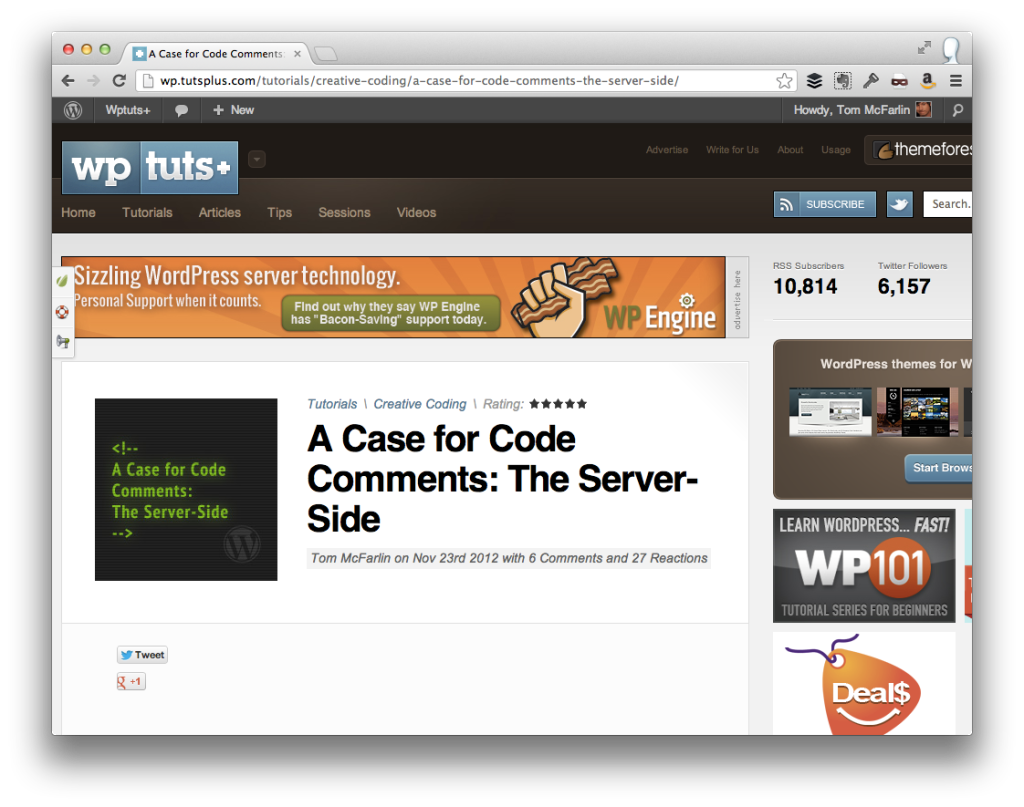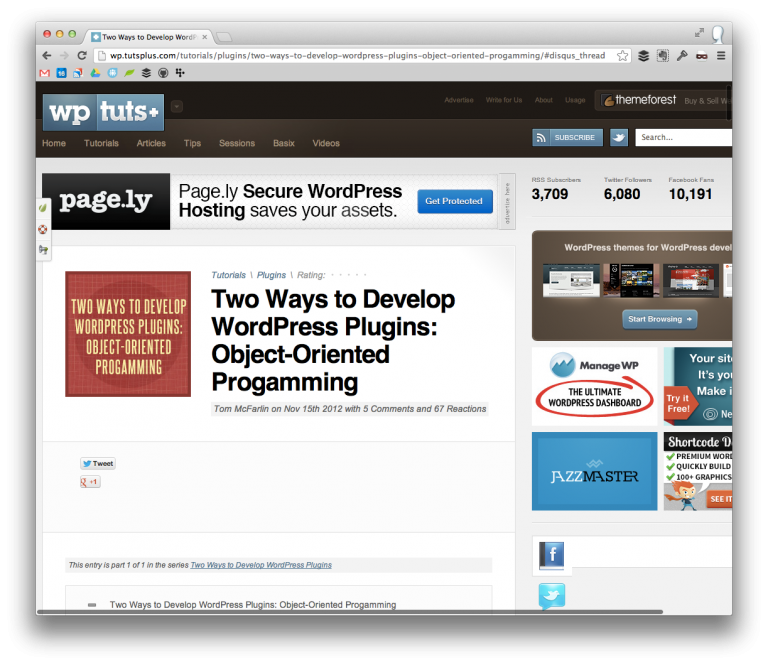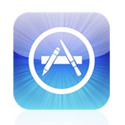Ever since smartphones have become mainstream, there are apps for almost everything. Prior to this revolution (if that’s what you’d like to call it), we had phones that a had a few [weak] tools on them, but most of our work was done on a computer.
And the computer had software, or computer programs, or applications – whatever you’d like to call them – and that’s how we got work done.
This is likely going to make me sound a bit weird, but for the past few months I’ve been periodically asking people how they define an app. Of course, I don’t ask it like that. Instead, it’s goes something more like:
So, hey, what’s an app?
And nine times out of 10, I end up getting the same response:
A little program (or icon, even!) on a phone.
Some people have responded that it’s also something on their tablet. Fair enough.
I definitely attribute this change in vernacular to Apple. After all, they’re the one’s who started the App Store with the vision that people could create an app for anything.
But what is an app?
From a problem-solving standpoint – not even a computing standpoint – I have this idea that almost everything is an app.
Continue reading






